A unique Einstein zig-zag gravitational lens refines Hubble constant measurements and probes dark energy, solving key cosmological puzzles.
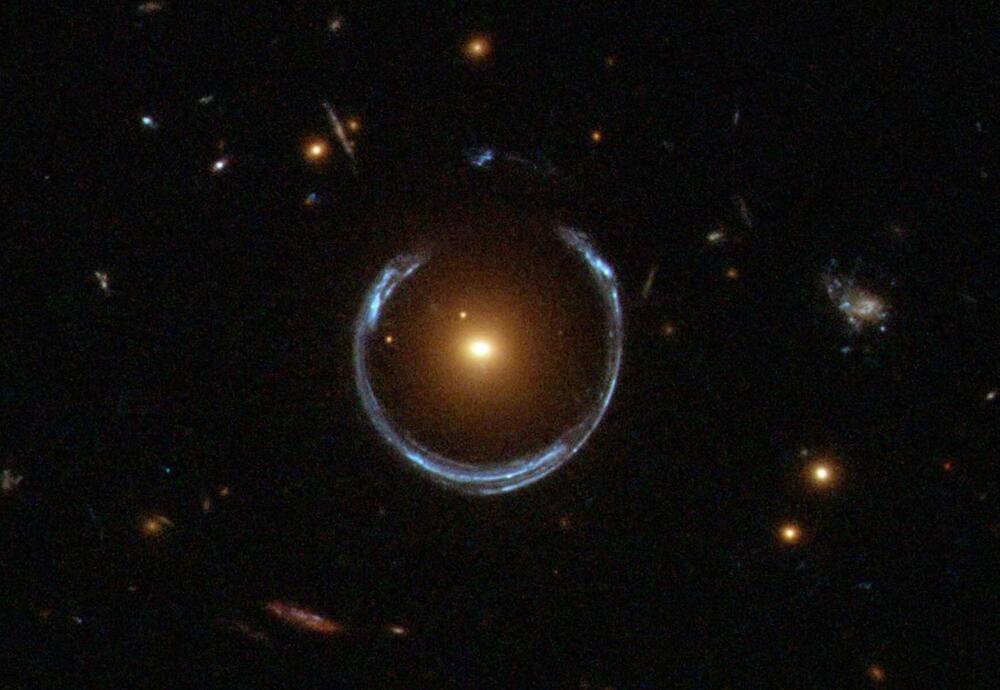

The universe just got a whole lot bigger—or at least in the world of computer simulations, that is. In early November, researchers at the Department of Energy’s Argonne National Laboratory used the fastest supercomputer on the planet to run the largest astrophysical simulation of the universe ever conducted.
The achievement was made using the Frontier supercomputer at Oak Ridge National Laboratory. The calculations set a new benchmark for cosmological hydrodynamics simulations and provide a new foundation for simulating the physics of atomic matter and dark matter simultaneously. The simulation size corresponds to surveys undertaken by large telescope observatories, a feat that until now has not been possible at this scale.
“There are two components in the universe: dark matter —which as far as we know, only interacts gravitationally—and conventional matter, or atomic matter,” said project lead Salman Habib, division director for Computational Sciences at Argonne.
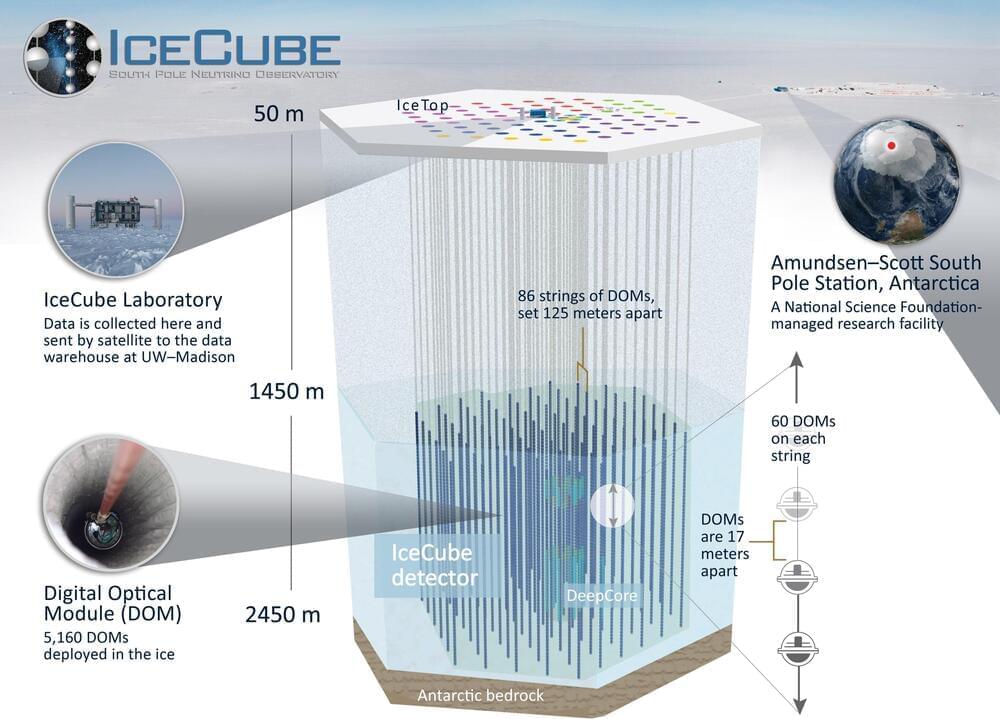
Particle physicists have been looking for so-called “sterile neutrinos” for a few decades now. They are a hypothesized particle that would have a tiny mass like the three known neutrinos but would not interact by the weak force or any other Standard Model force, only through gravitational interactions.
Its existence—or their existence—would solve some anomalies seen in neutrino experiments, help answer questions beyond the Standard Model of particle physics, and, if massive enough, could explain cold dark matter or warm dark matter.
But sterile neutrinos have not been seen in any particle experiments, despite many attempts. Now an experiment by the IceCube Collaboration has used 10.7 years of data from their detector near the Amundsen-Scott South Pole Station to lower the probability that at least one sterile neutrino does not exist. Their paper appears in Physical Review Letters.
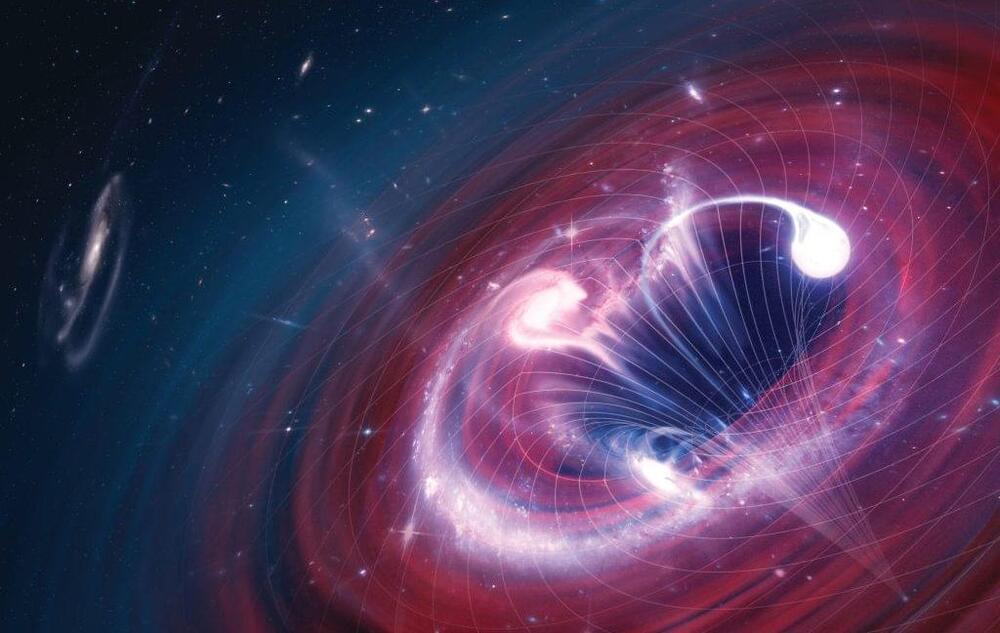
Observations of the cosmic microwave background, leftover light from when the Universe was only 380,000 years old, reveal that our cosmos is not rotating. Infinitely long cylinders don’t exist. The interiors of black holes throw up singularities, telling us that the math of GR is breaking down and can’t be trusted. And wormholes? They’re frighteningly unstable. A single photon passing down the throat of a wormhole will cause it to collapse faster than the speed of light. Attempts to stabilize wormholes require exotic matter (as in, matter with negative mass, which isn’t a thing), and so their existence is just as debatable as time travel itself.
This is the point where physicists get antsy. General relativity is telling us exactly where time travel into the past can be allowed. But every single example runs into other issues that have nothing to do with the math of GR. There is no consistency, no coherence among all these smackdowns. It’s just one random rule over here, and another random fact over there, none of them related to either GR or each other.
If the inability to time travel were a fundamental part of our Universe, you’d expect equally fundamental physics behind that rule. Yet every time we discover a CTC in general relativity, we find some reason it’s im possible (or at the very least, implausible), and the reason seems ad hoc. There isn’t anything tying together any of the “no time travel for you” explanations.
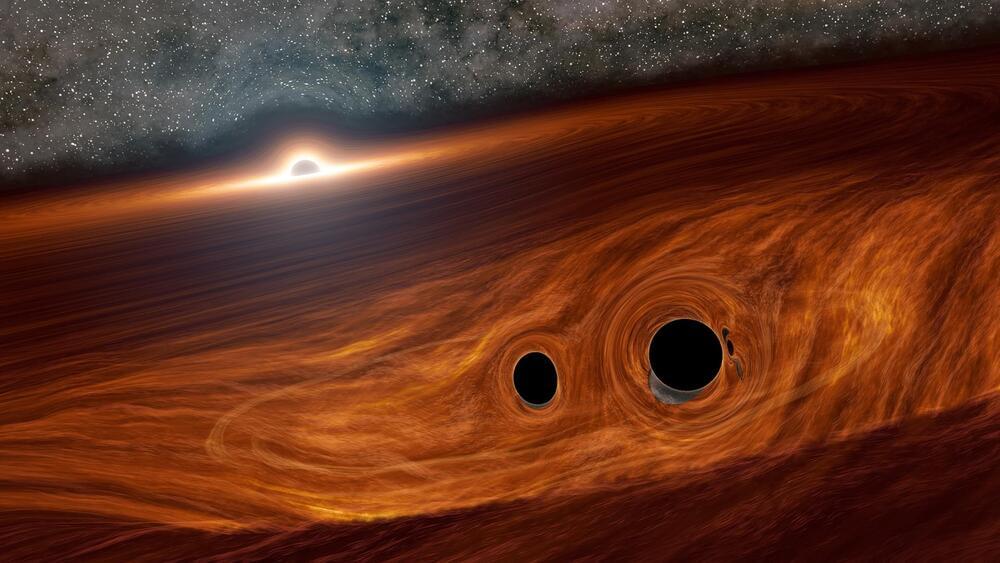
Scientists detect two giant black holes flashing light a billion light-years away.
Astronomers have identified two giant black holes causing strange flashes of light at about one billion light years away from Earth. The flashes or light bursts are occurring at regular intervals, but what’s causing them is even more surprising.
The researchers suggest that the black hole pair is swirling within a vast cloud of gas, and their interaction with the gas cloud is actually sparking the unusual flashes —- marking it as the first observation of its kind.
An exploration of the bizarre mystery of John Wheeler’s quantum foam, virtual particles and virtual black holes and how the universe could have come from a quantum fluctuation.
My Patreon Page:
/ johnmichaelgodier.
My Event Horizon Channel:
/ eventhorizonshow.
Music:
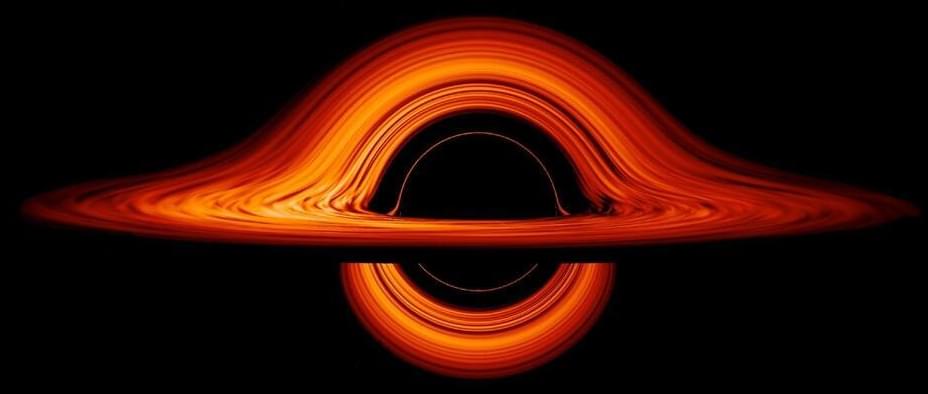
A recent study in Physical Review Letters explores quantum effects on black hole thermodynamics and geometry, focusing on extending two classical inequalities into the quantum regime.
Black holes have been thoroughly studied through a classical approach based on Einstein’s general theory of relativity. However, this approach does not account for quantum effects like Hawking radiation.
The goal of the study was for the researchers to refine classical theories by including quantum effects, thereby offering an improved understanding of black hole dynamics.
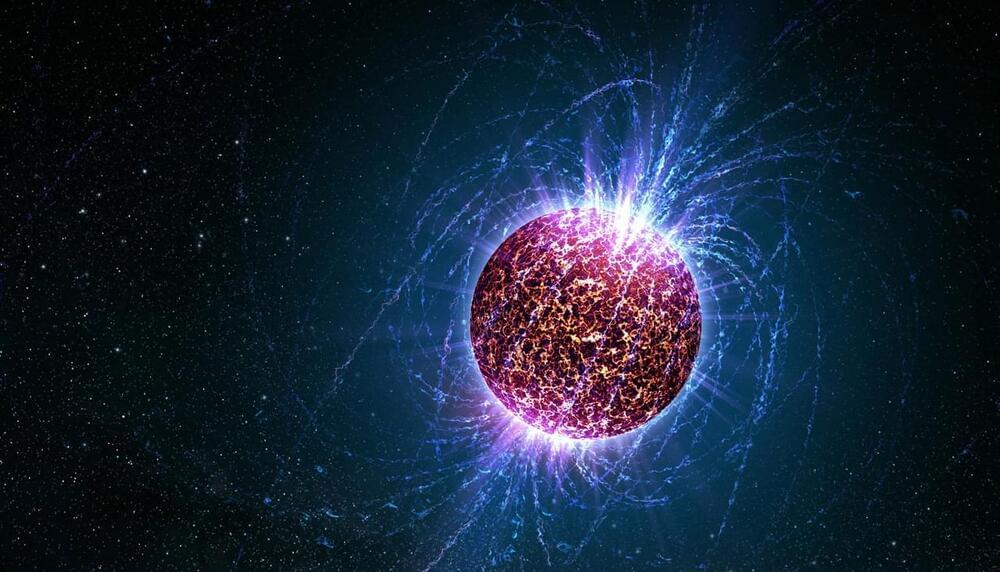
Researchers at UC Berkeley proposed that axions, hypothetical particles, could be detected shortly after a supernova’s gamma rays. They suggest that the Fermi Gamma-ray Space Telescope has a 1 in 10 chance of observing this phenomenon. Axions would be produced during the early moments of a star’s collapse and would then transform into high-energy gamma rays in the star’s magnetic field.
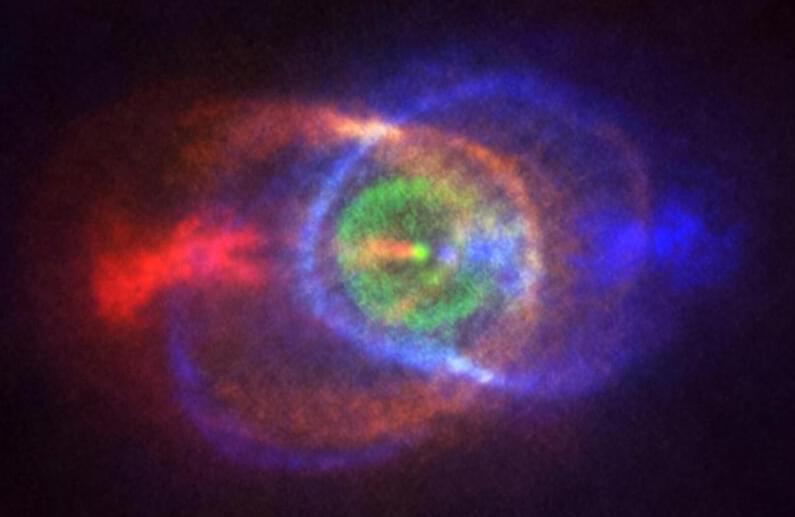
Astronomers have made a groundbreaking discovery of binary star systems, consisting of a white dwarf and a main sequence star, within young star clusters.
This discovery opens up new avenues for understanding stellar evolution and could provide insights into the origins of phenomena such as supernovas and gravitational waves.
Breakthrough Discovery in Star Clusters.

Low-frequency radio observations could allow researchers to distinguish among several dark matter models, thanks to dark matter’s influence on the early Universe.
The profusion of dark matter candidates reflects how easy it is for any of them to explain the current large-scale structure of the Universe. Decisive clues about dark matter’s true nature are more likely to appear at earlier epochs. Unfortunately, those clues are harder to observe. Now Jo Verwohlt of the University of Copenhagen in Denmark and her collaborators have shown how a deeply redshifted hydrogen line could unmask dark matter [1]. To do so, they also identified confounding signatures from regular, baryonic matter.
Some theories posit that dark matter interacts with so-called dark radiation. In the dense early Universe, the heating effect of that interaction could have been enough for large concentrations of dark matter known as halos to temporarily and repeatedly resist gravitational collapse. Termed dark acoustic oscillations (DAOs), these cycles of expansion and collapse would have quickly died out. But before they did, they could have affected the onset of “cosmic dawn.” That’s when the first galaxies formed from primordial gas drawn into the halos.